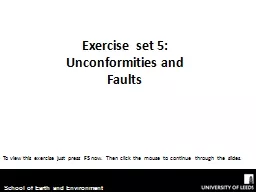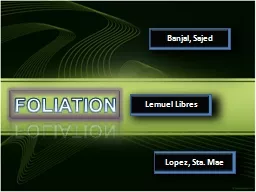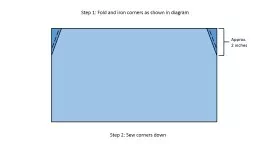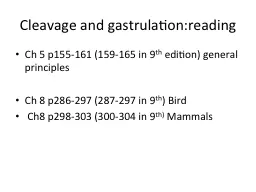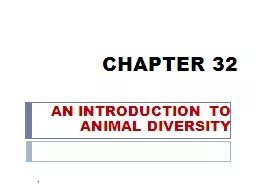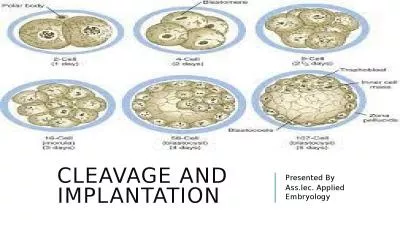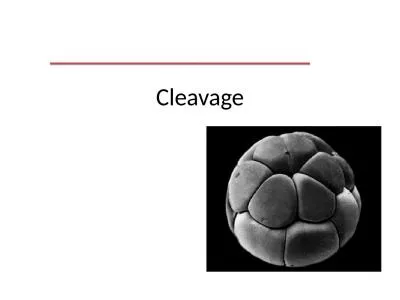PPT-Introduction to Fold, Fault, Joint, Cleavage, Foliation, Lineation and Unconformities
Author : PeachyCream | Published Date : 2022-08-04
BSc 4 th Semester OPEN ELECTIVE Other than Geology Main students Dr Abdullah Khan Associate Professor Department of Geology AMU Aligarh FOLDS Folds are regular
Presentation Embed Code
Download Presentation
Download Presentation The PPT/PDF document "Introduction to Fold, Fault, Joint, Clea..." is the property of its rightful owner. Permission is granted to download and print the materials on this website for personal, non-commercial use only, and to display it on your personal computer provided you do not modify the materials and that you retain all copyright notices contained in the materials. By downloading content from our website, you accept the terms of this agreement.
Introduction to Fold, Fault, Joint, Cleavage, Foliation, Lineation and Unconformities: Transcript
Download Rules Of Document
"Introduction to Fold, Fault, Joint, Cleavage, Foliation, Lineation and Unconformities"The content belongs to its owner. You may download and print it for personal use, without modification, and keep all copyright notices. By downloading, you agree to these terms.
Related Documents


